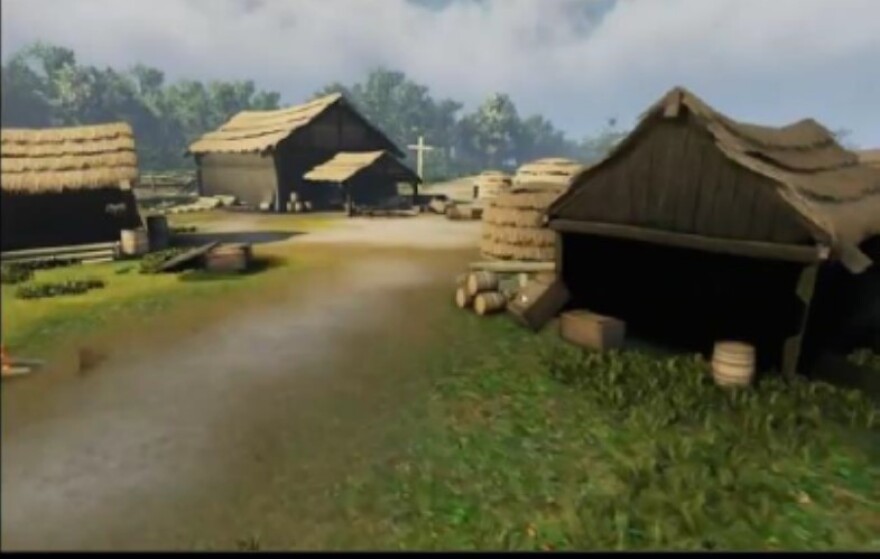After driving the French from Fort Caroline, Menéndez and his army traveled 30 miles south to the harbor that he named St. Augustine. There he was welcomed to stay in a large Indian village.
Menéndez selected the location because it was directly on the inlet leading to the Atlantic. The village chief Seloy gave Menéndez a large house and permission to build a large warehouse. This is the original site of St. Augustine and would become the oldest European town in the United States.
Archaeologist Kathleen Deagan found the first encampment in the poplar Fountain of Youth Park in St. Augustine. She discovered the base of a 262-foot-long wall separating the Spanish army from the village, as well as the circular remains of the large chief’s house. Traces of the warehouse and small huts for the soldiers showed they were built in the Spanish style and covered with palm thatch.
I urge you to go to the Fountain of Youth Park in St. Augustine and enjoy the paths with informative signs telling the story of our oldest permanent European settlement.



